The woods and wetlands around Millyard Brook and Woodmont Road may not be pristine habitats, but they are an oasis for animals in downtown Northampton, and beloved by the people who live there. Will these sights be infilled away?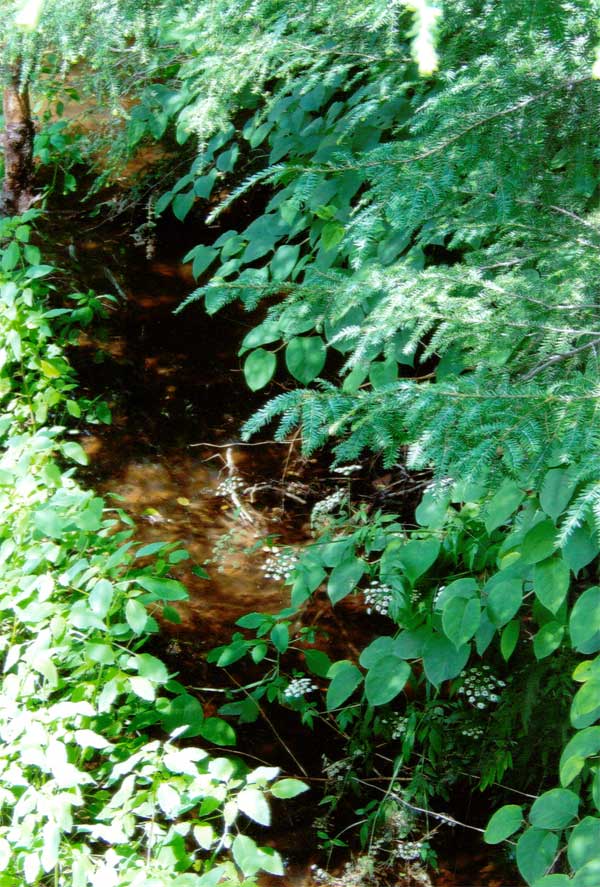
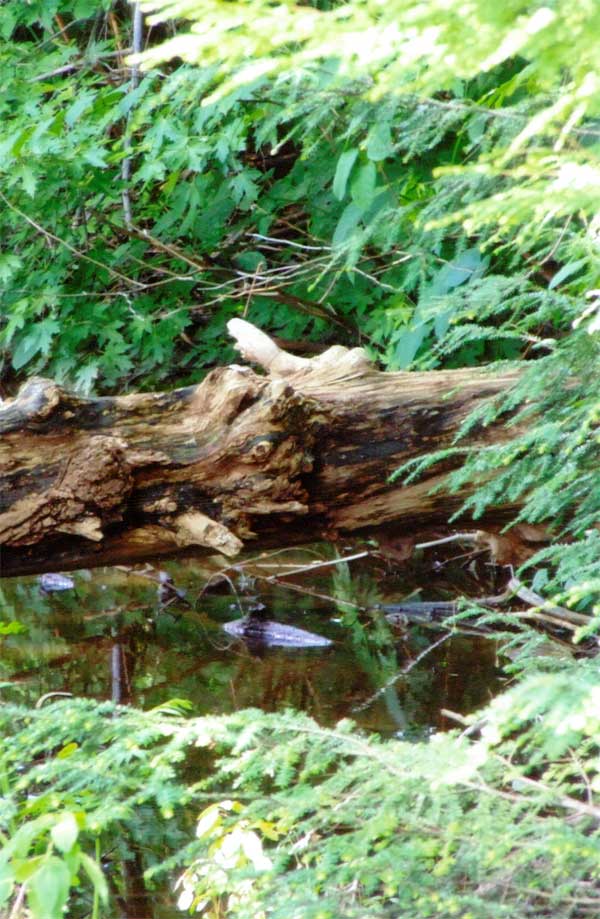
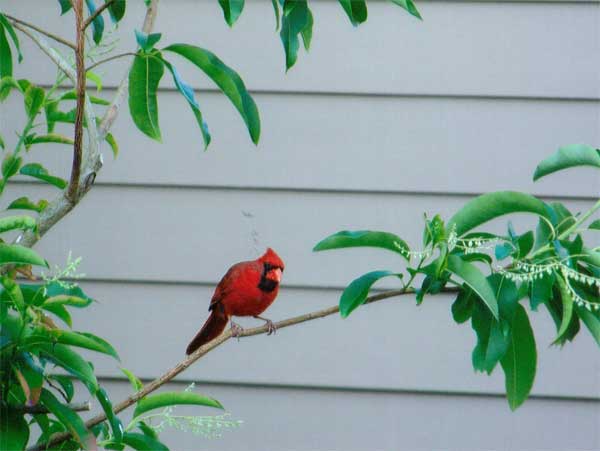
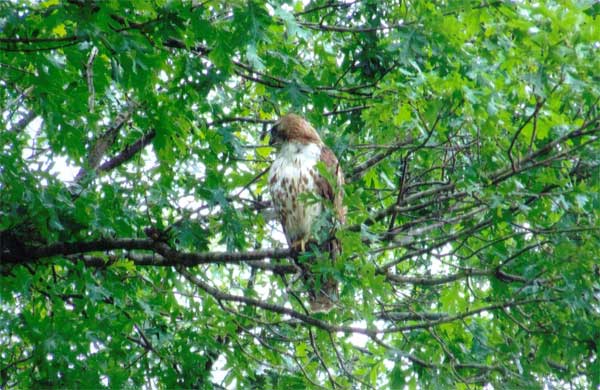
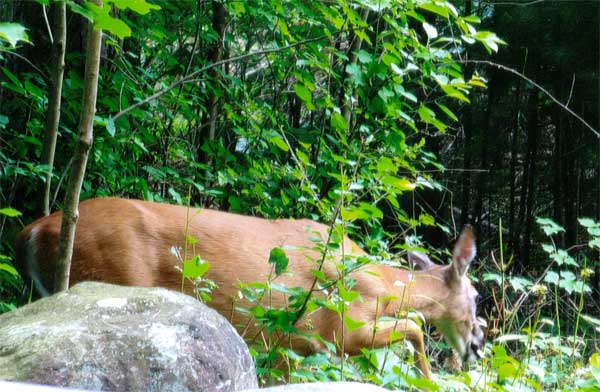
See also:
Video: Conservation Commission Meeting of 3/12/09; Deadlock on Kohl Condo Proposal
3:38:39… Meyer: “… this is the wetland that the people living in this part of the city have. It’s their wetland. It might not look as beautiful as a pristine brook out in Mineral Hills that someone may have behind their house up there. But it is the wetlands that these people have…and I don’t think I can say that because it’s ugly now, because it has been abused, that lets just keep on, let’s keep on impacting it.”
July 23: Kohl Condo Proposal Goes Back Before the Conservation Commission; New Draft Covenants
Topographical Map Shows How Kohl Condo Proposal Will Eat Into a Rare Stand of Mature Trees in Downtown
CommonWealth Magazine: “Urban greenery can bring better health, more attractive neighborhoods, and even safer streets”
Bozeman Daily Chronicle: “Bozeman’s Growing Pains” (9/7/05)
Open space for recreation [in Portland] is at risk after 10,000 acres of parks, fields, and golf courses were rezoned for infill development.
Berkeley, California: Cautions on Infill
In 1990, 60 percent of New Yorkers said they would live somewhere else if they could, and in 2000, 70 percent of urbanites in Britain felt the same way. Many suburbanites commute hours every day just to have “a home, a bit of private space, and fresh air.”
Randal O’Toole: “Dense Thinkers” (Reason Magazine, January 1999)
…most central cities…were built in an age when primitive transportation and communications dictated high densities; people had to live near one another. The “decline” of cities that officials worry so much about is due to the fact that cars, telephones, and electricity make it possible for people to live in lower densities–and most choose to do so.
Boston Globe: “How the city hurts your brain”
The Ecological Cities Project: Greenspace in “The Humane Metropolis”
A metropolis (i.e., metro region or citistate) is considered green if it fosters humans’ connections to the natural world — an idea Anne Whiston Spirn promoted in her seminal 1984 book The Granite Garden. Spirn rejected the idea — easily absorbed if one watches too many “concrete jungle” films, or even televised nature documentaries — that the natural world begins beyond the urban fringe. “Nature in the city,” she wrote, “must be cultivated, like a garden, rather than ignored or subdued.”
Rutherford Platt, “Regreening the Metropolis: Pathways to More Ecological Cities”
In the 1950s, the conventional wisdom–for the affluent at least–was that cities are where people are, and the country is where you go on weekends and vacations to find Nature in some place bucolic or maritime. But today, even for those who can afford it, the time and cost of escaping the metropolis has grown with the spread of the metropolis itself and the growing numbers of vehicles trying to leave it… Meanwhile, those who cannot afford to sit in traffic in their SUV–the poor, the elderly, the infirm–are sentenced to live out their lives in the metropolitan environment, come what may…
…cities and metropolitan areas, now too large to conveniently escape, must themselves be viewed as incorporating both built and unbuilt environments… And into the bargain, the urban environment will prove to be more habitable, more sustainable, more “ecological”…
Photo Essay: 10 Reasons People Like Trees Around Them; Will the Sustainable Northampton Plan Put Urban Trees at Risk?
Earth Day Photo Essay: Spring Buds in the North Street Woods
Photo Essay: Our Woods in Fall
Photo Essay: Arbor Day and the North Street Woods
Northampton Redoubt: Videos and photographs of a walking tour of North Street Northampton’s Mill Yard Brook and vernal pools
Photo Essay: Millyard Brook Swells with Water in Winter
Photo Essay: Our Woods in Winter
Photo Essay: The Forest Behind View Avenue